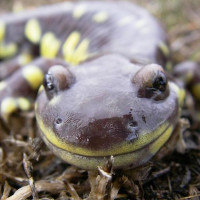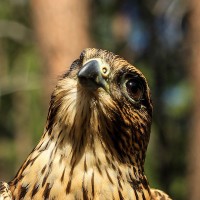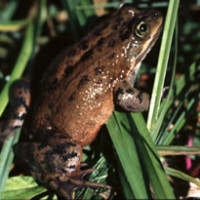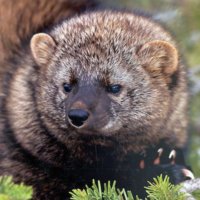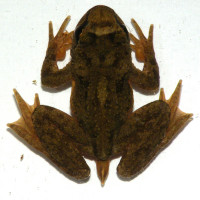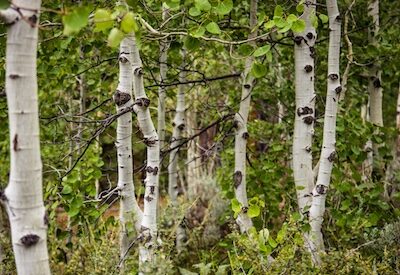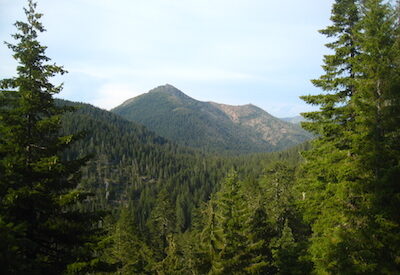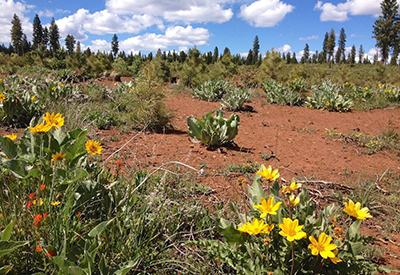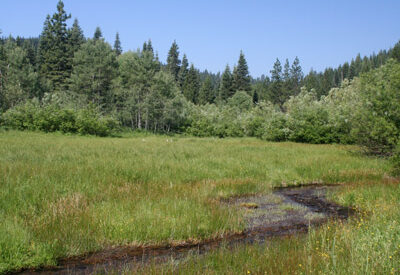Late Seral + Mature Conifer Forest Habitat
These forests have been around for a long time, with large trees dominating the forest canopy and established wildlife populations that can take advantage of mature structural features. Late seral and mature conifer forests aren’t just special because they have big old trees, they often contain a variety of understory vegetation as well as standing dead trees and downed logs that provide additional forest functions and habitat for animals.
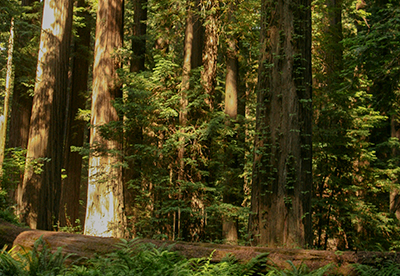
QUICK FACTS
- Although becoming relatively stable in terms of changes in tree species present, the structure of late seral conifer forests continues changing, with remnant early seral species dying and becoming snags or falling to the ground, and shade tolerant species sprouting in the understory.
- Certain wildlife species love making their nests or dens in special places that are typically only be found in these forests, such as wide, flat branches, hollowed-out cavities in snags and logs.
- Spotted owls, marbled murrelet, fishers and pine martens are among the species that call such conifer forests home.
About Late Seral + Mature Conifer Forest Habitat
When the trees in a forest are cleared during a disturbance (e.g., severe wildfire), the land does not return to its former forested state in a single step. Rather, one vegetation community (early seral) is gradually supplanted by another (mid-seral), which is gradually supplanted by yet another (late seral). This process of change to the types, ages, sizes, and arrangements of vegetation continues until reaching a relatively stable state, often called a climax community. Or, until another disturbance takes place and returns the site to an earlier stage.
Just as the vegetation at a given site passes through various stages, so does the wildlife community, with the set of species occupying and using a given site depending in large part on the type and condition of vegetation present. Wildlife species that have a particular affinity for mature forests may have to wait a long time to return to a previously older forest site that experienced a major disturbance. The challenge is to manage broader conifer forest landscapes so that, across various kinds of ownerships, including national forests and intensively managed commercial timberlands, late seral stands maintain a significant presence.
Photos: Title image by iStock. Second image by Jon Remucal.
Why Conserve this Habitat?
Because there are a multitude of opportunities for numerous kinds of disturbance—both natural and human-caused—to disrupt the successional process, late seral stages have a special significance since they can not be replaced or reproduced very easily. Indeed, such forests have been at the heart of the debate around the protection of species that rely on older conifer forests, such as the Northern Spotted Owl. Past harvesting of late seral conifer forests and the ongoing threat of catastrophic wildfire has imperiled some wildlife species and made it more difficult for others to thrive.
Yet the protection of such species depends on more than simply setting aside forestland to grow old. Even mature forest stands that are unnaturally dense will succumb to severe wildfires and pest outbreaks. An important overarching strategy for maintaining late seral forests within the landscape includes thinning overly dense forests, returning lower intensity fires (managed and natural) in some instances to keep stands healthy, and encouraging timber management that allows late seral components to develop.
How We Conserve this Habitat
We recognize the role that late seral and mature conifer forests play in supporting important wildlife. And, we believe that timber management doesn’t necessarily have to be at odds with maintaining such forests in the landscape. To that end, we support management of whole forest landscapes, encouraging the retention of existing mature stands in some instances, promoting the development of late seral conditions where appropriate, and maintaining the overall health of a forest to prevent catastrophic disturbances.
Explore What We Do
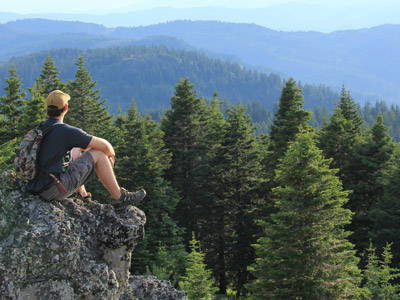
Conserve Forests
We work with landowners to conserve well-managed forests, building resilient landscapes.
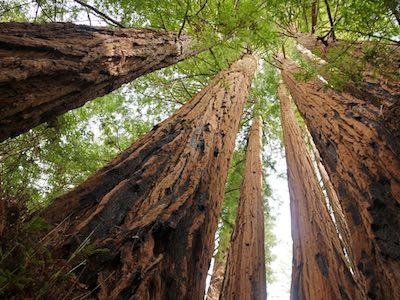
Advance Climate Solutions
We protect, restore, and sustain forests to mitigate climate change and help species adapt.
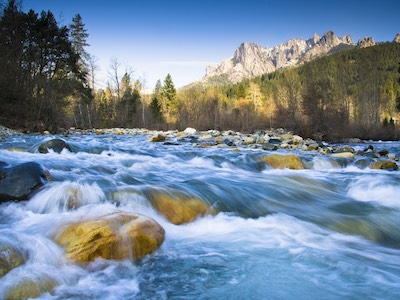
Protect Water Sources
We ensure water security by protecting forests that provide life-sustaining water to millions.
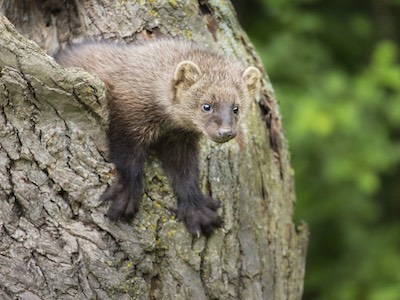
Save Wildlife Habitat
We conserve and restore habitat to protect the animals and plants that depend on forests.

